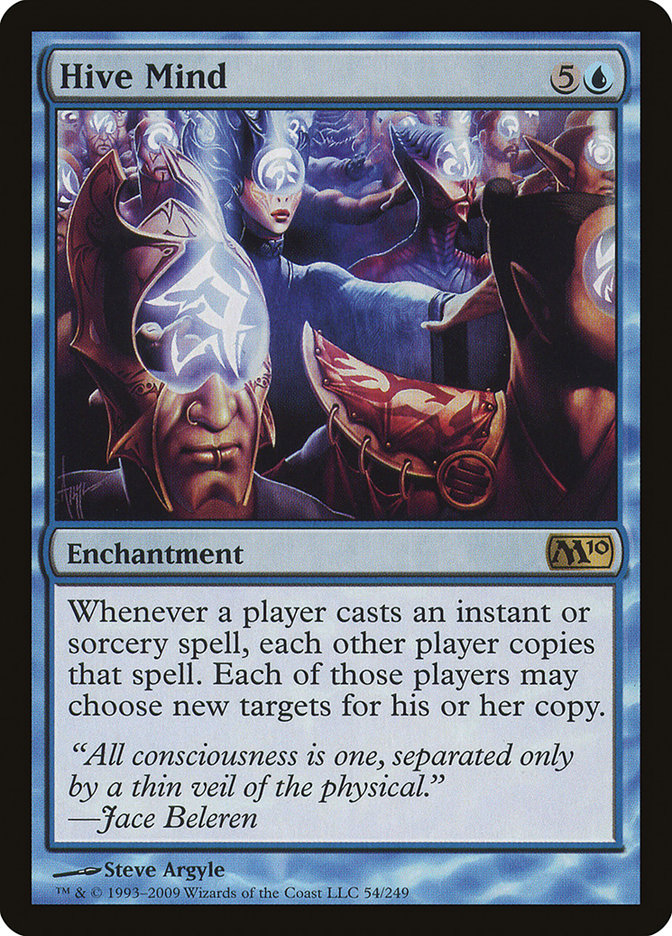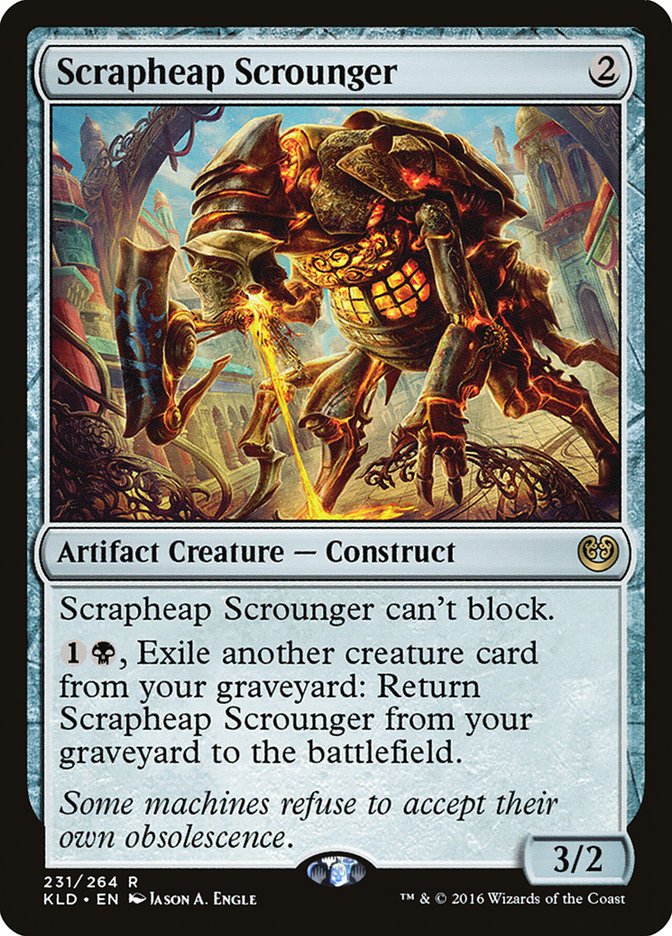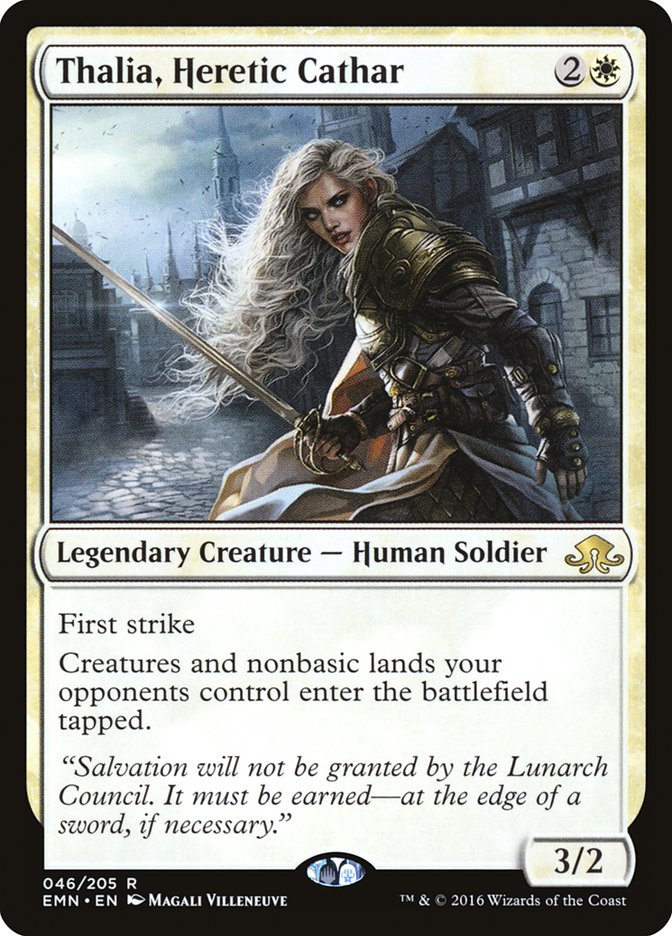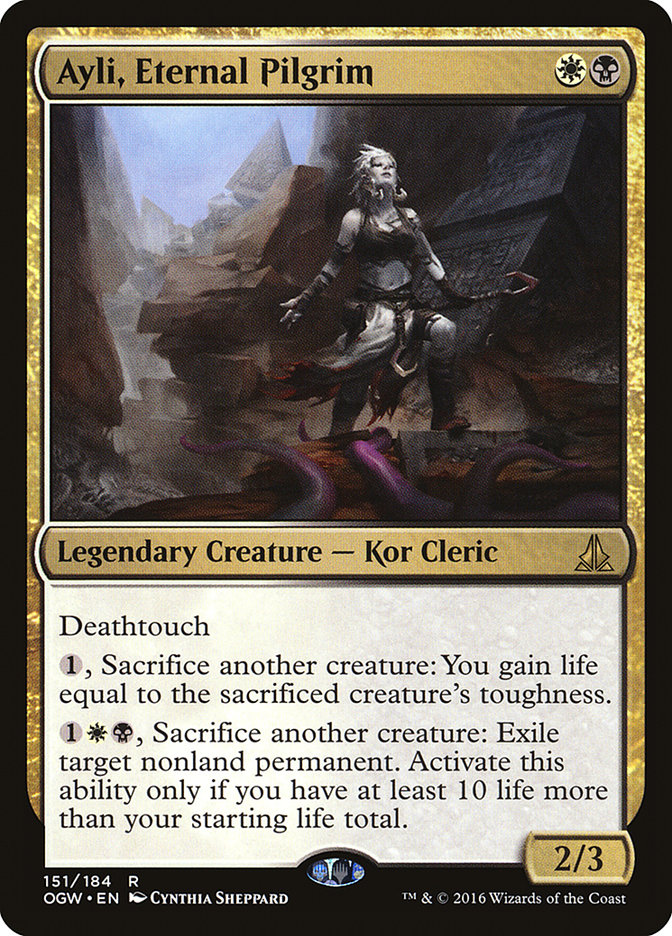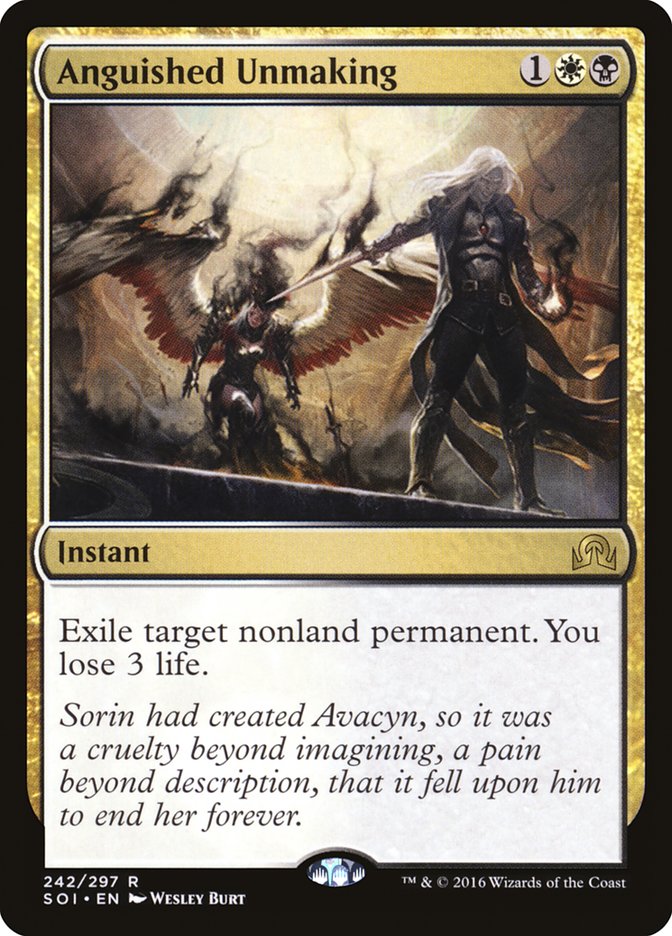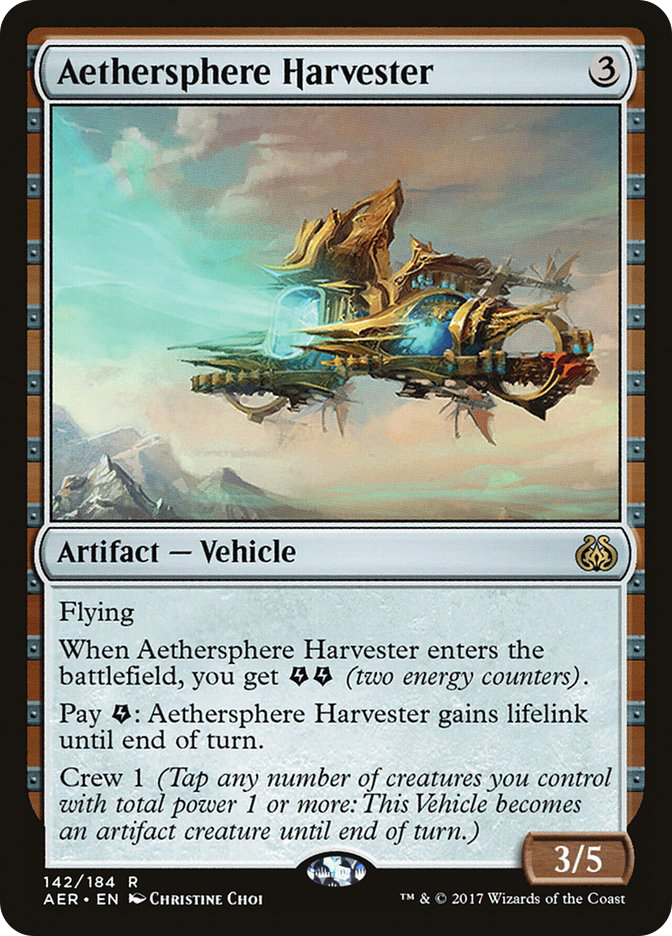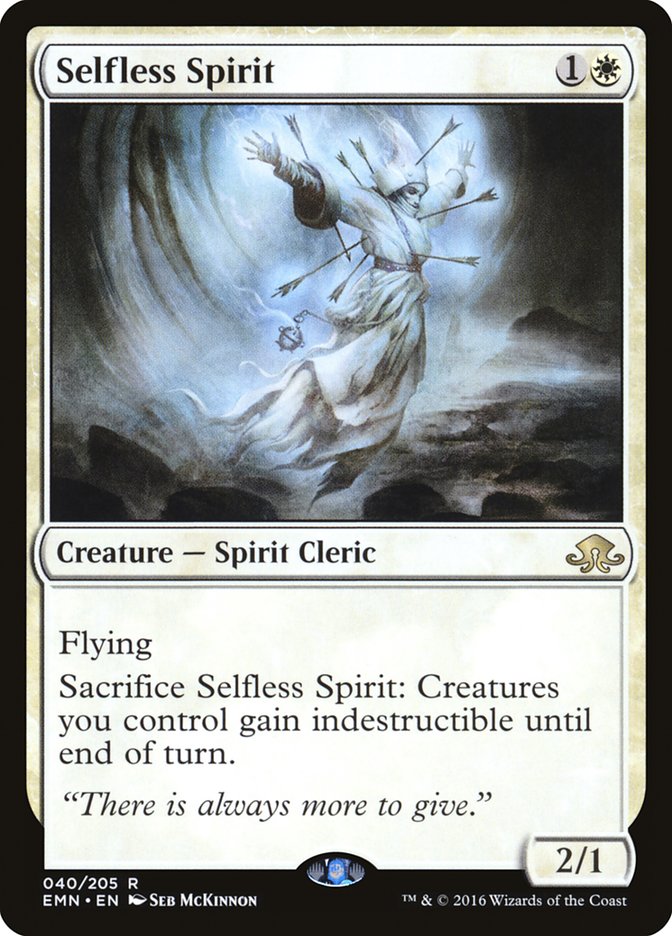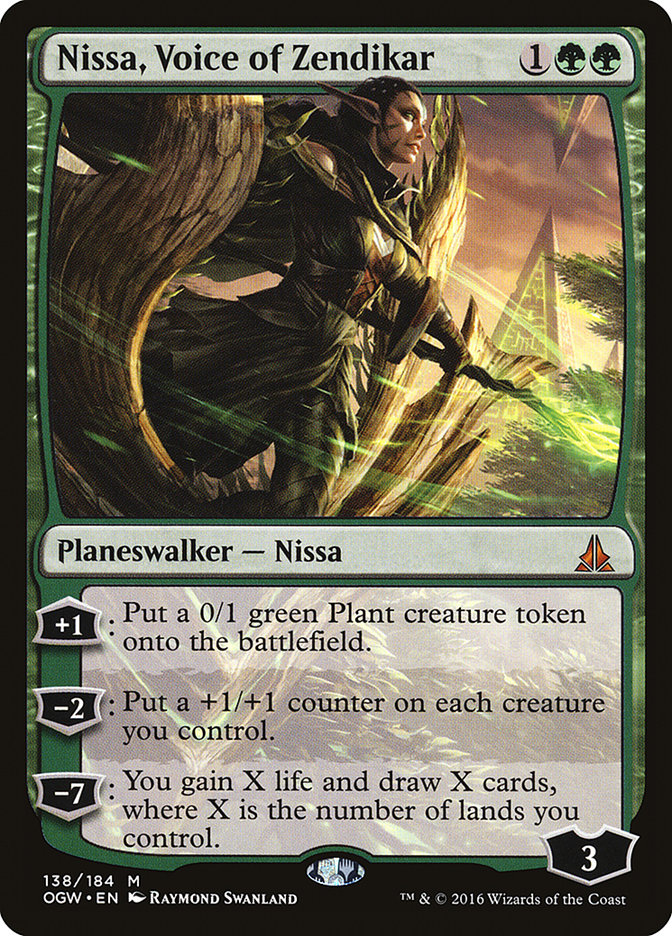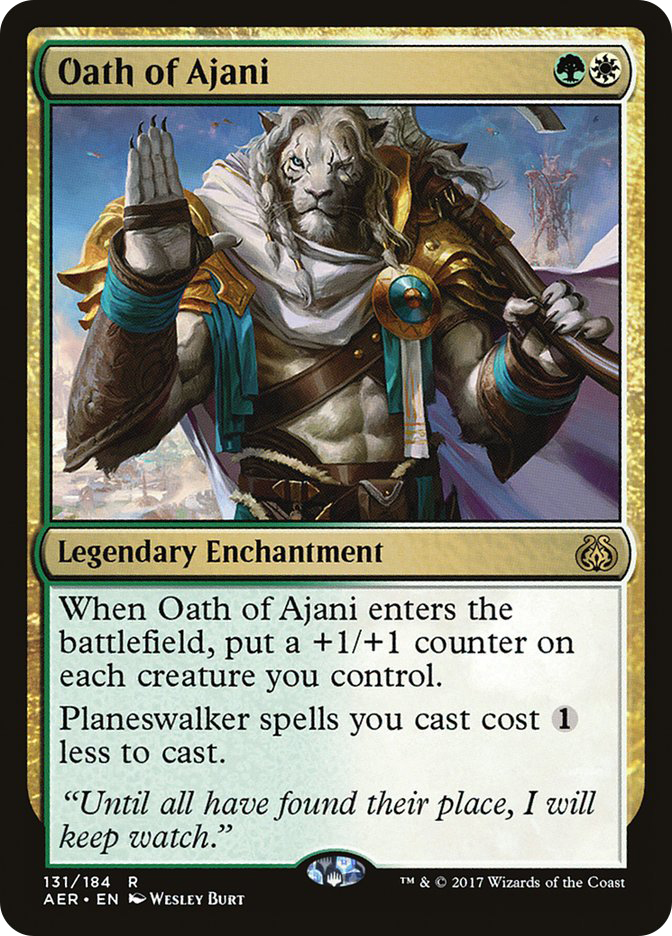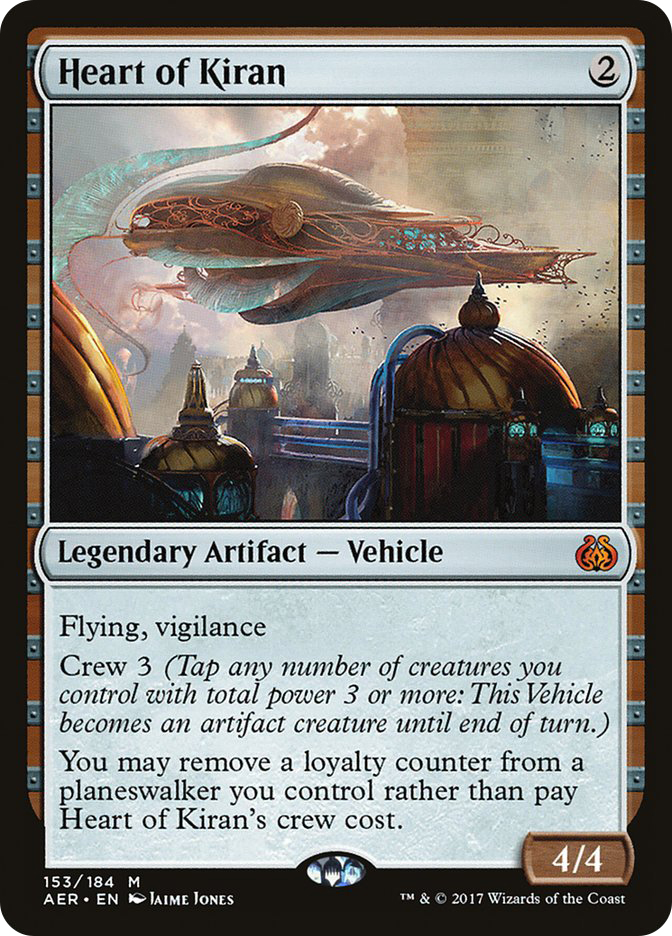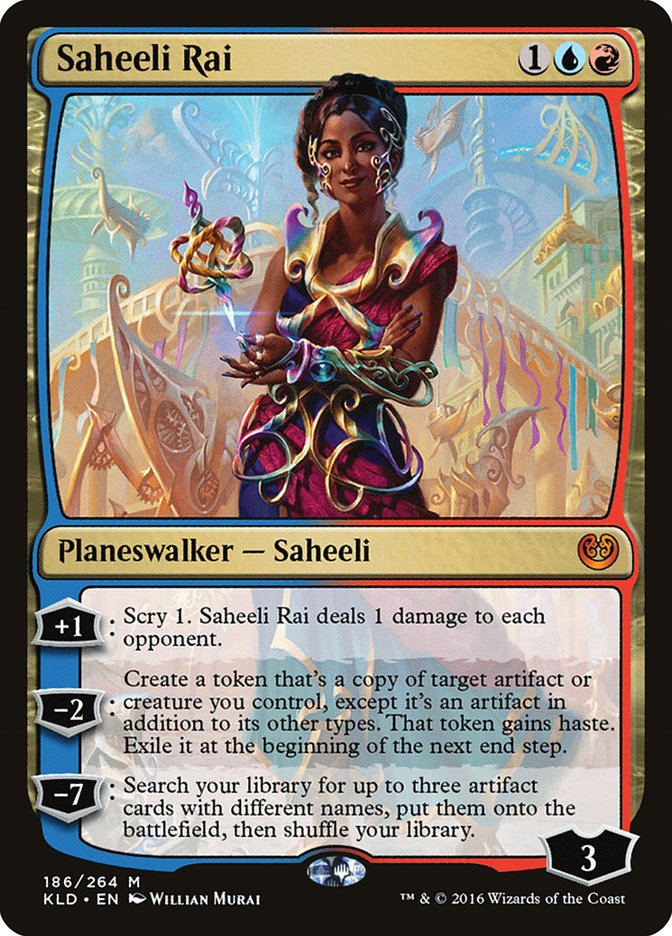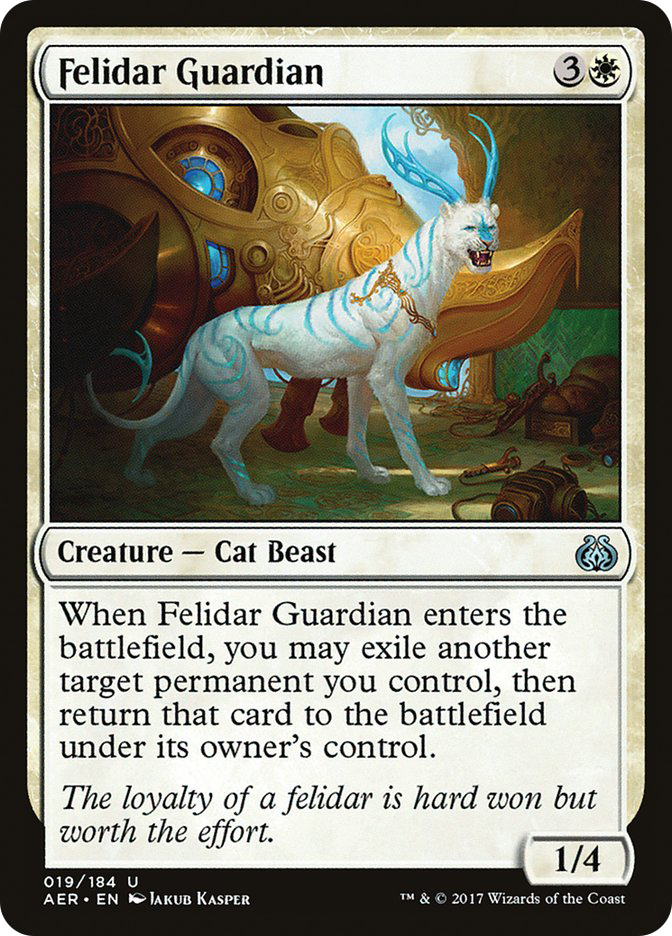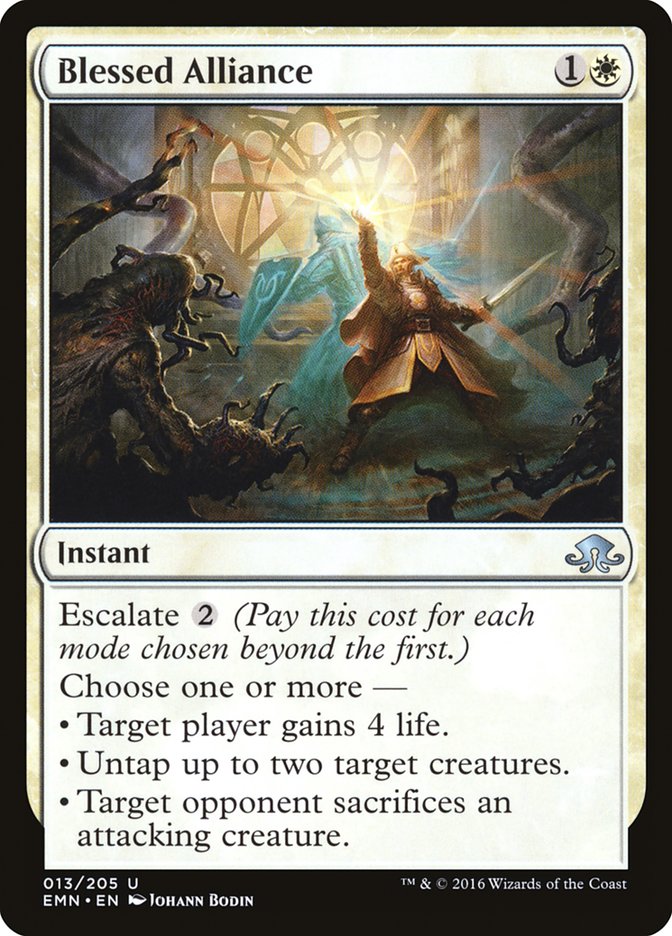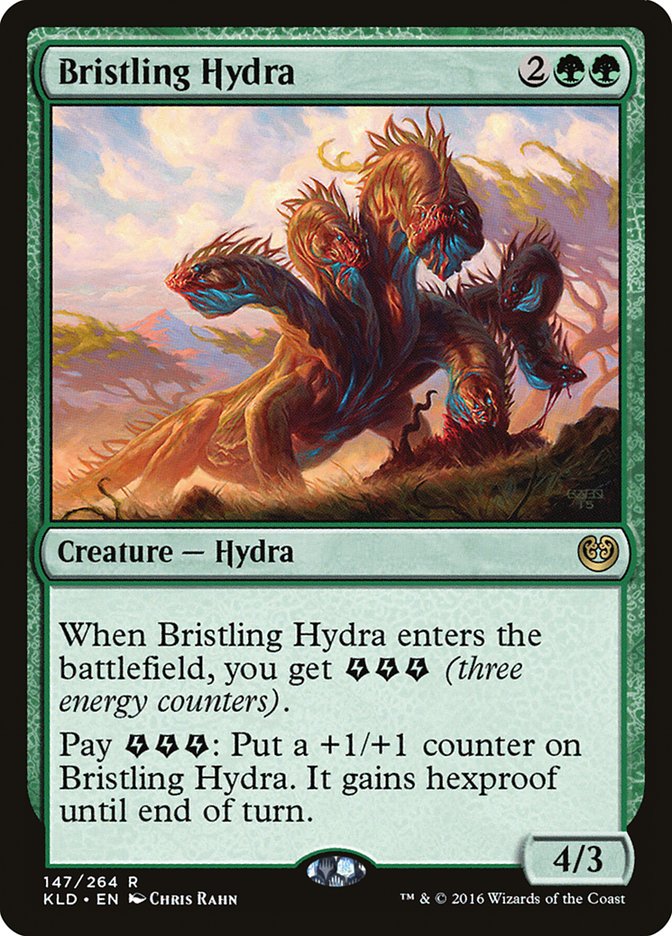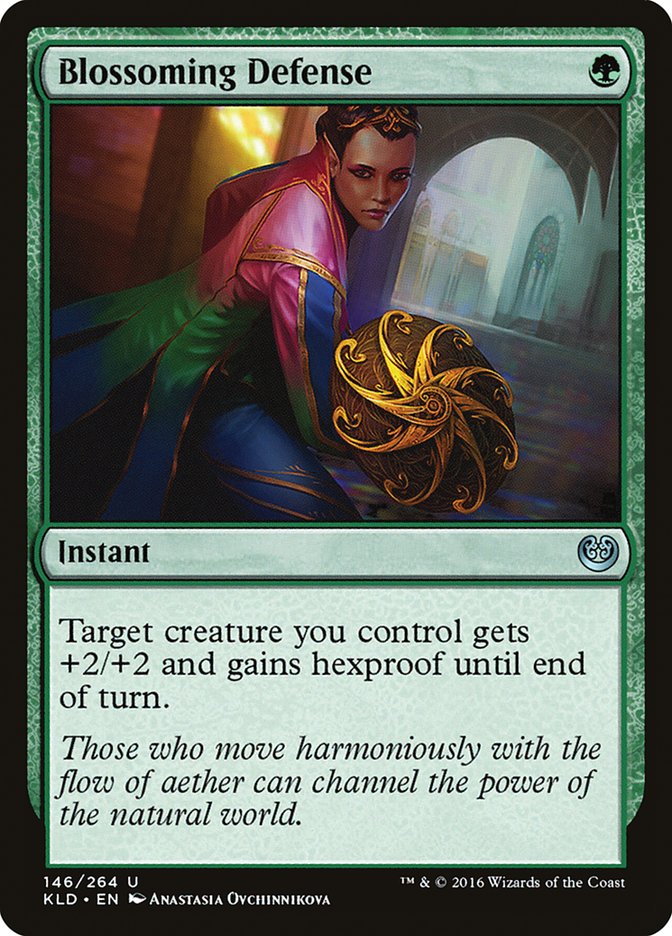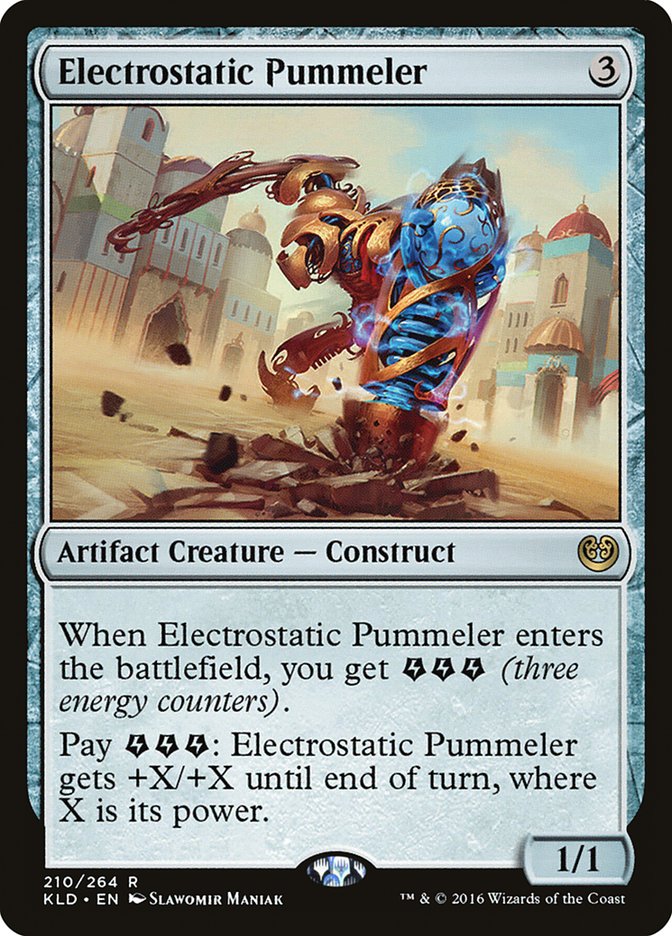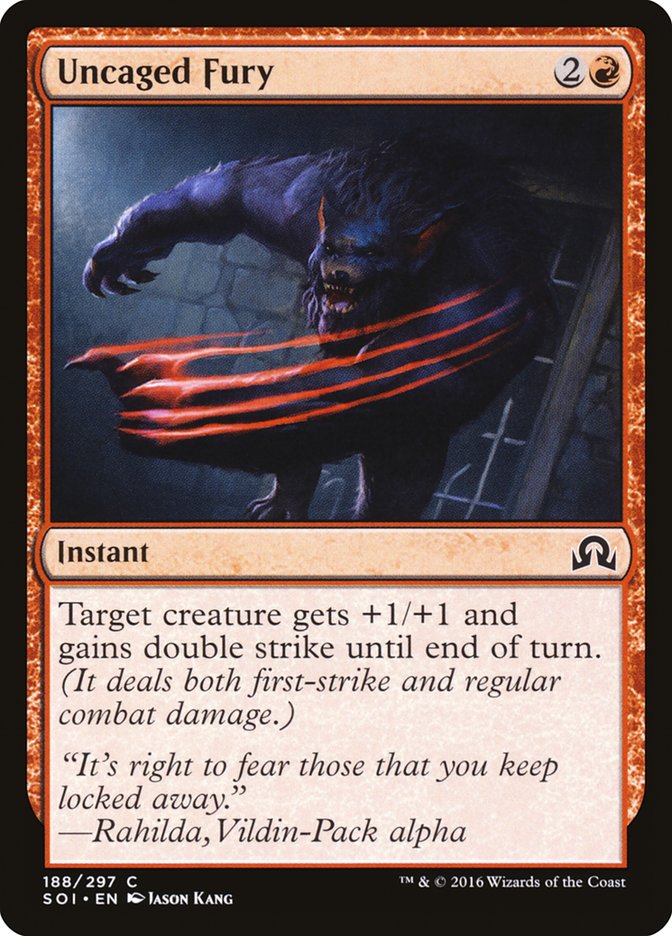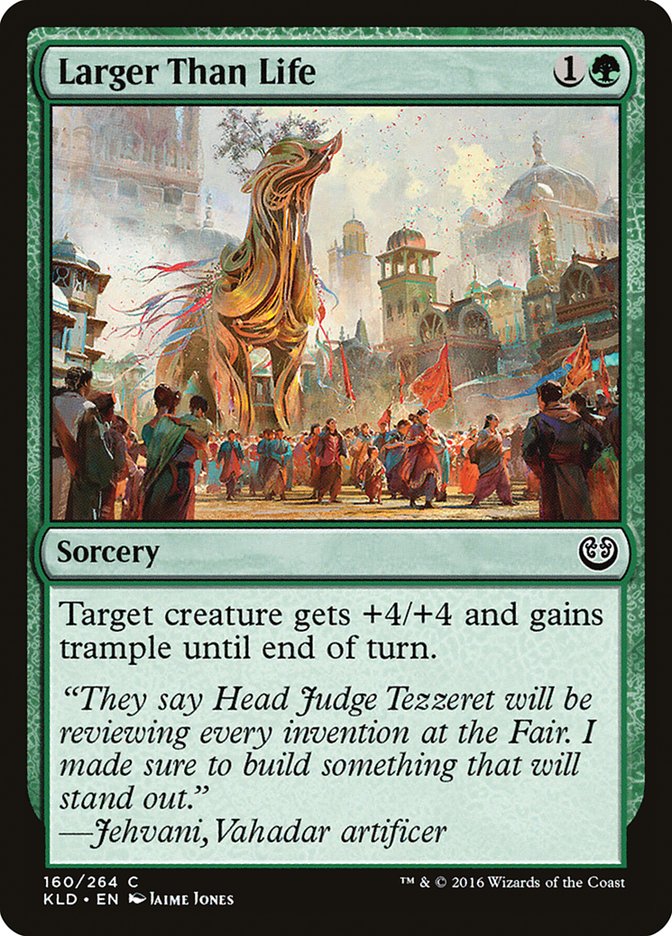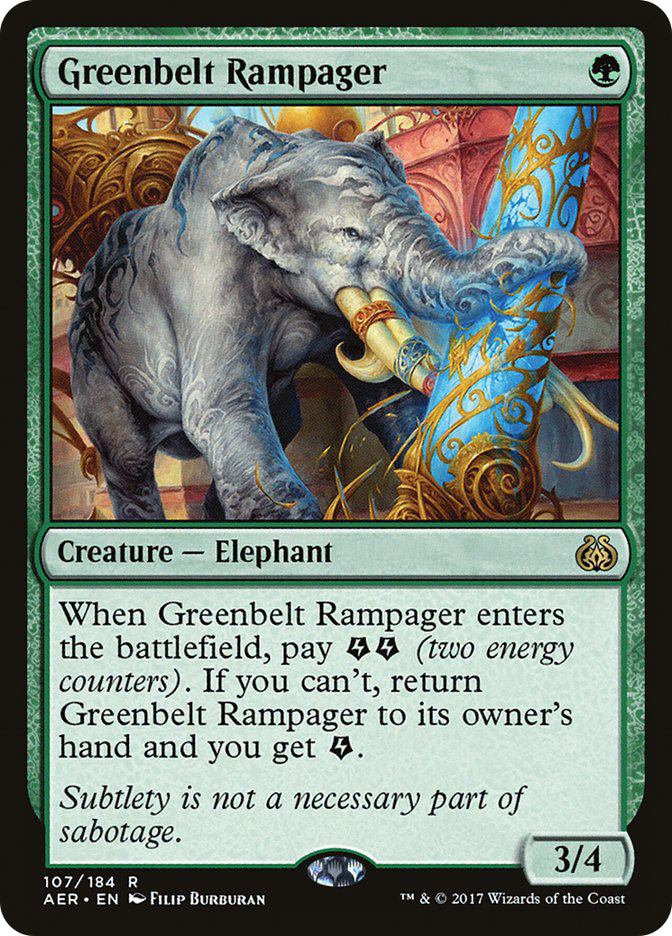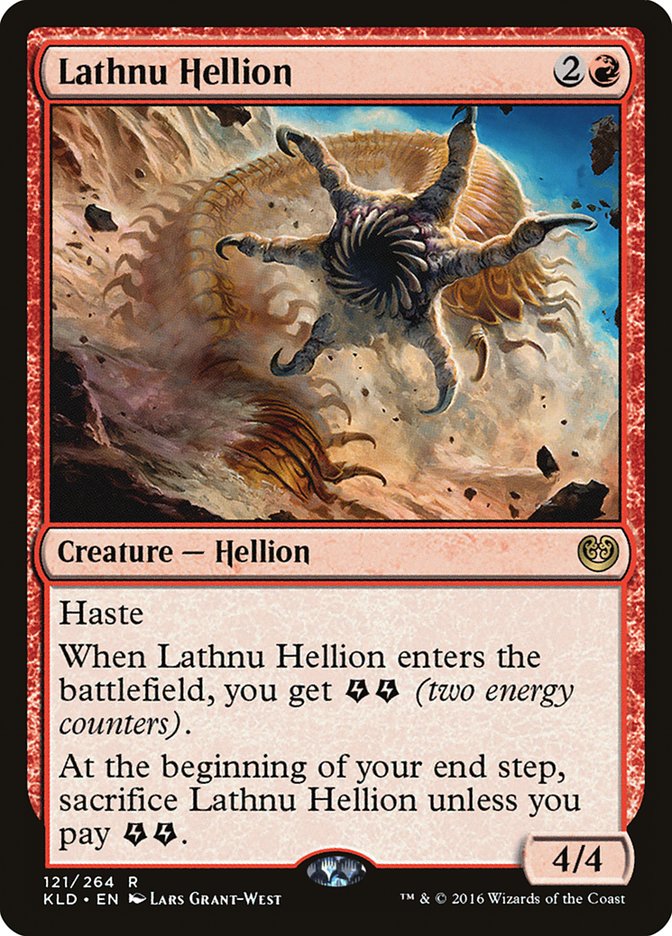Right now we are in prediction mode.
Everything you see and read about the new Standard format is based on essentially nothing but conjecture and some limited amounts of isolated playtesting. Aether Revolt hasn’t even released yet, and #SCGCOL this weekend is the format’s first dance. We have no idea what the exodus of Smuggler’s Copter, Reflector Mage, and Emrakul, the Promised End is going to do to the format, and only an inkling of what Aether Revolt cards will be making an impact.
What if I told you I could provide you a window into the first half of that equation?

What if I told you I could show you a glimpse into a world where Standard tournaments have already been played?
A world where the cream has already risen to the top, and given you the solid results you desperately crave?
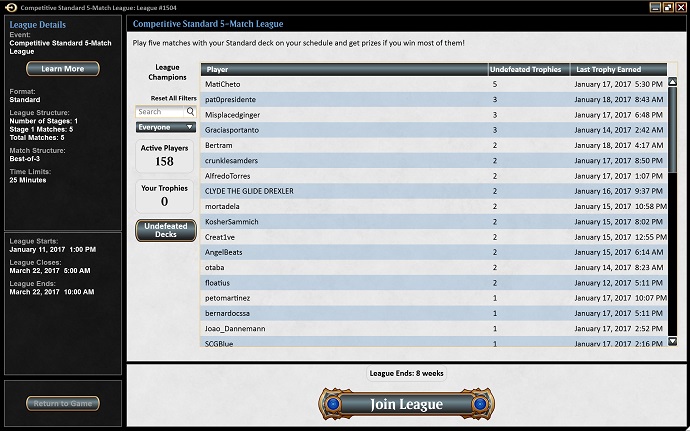
I never said it was going to be a pretty world, but the dystopian look and feel of Magic Online fits the Matrix reference very well, so let’s just roll with it.
The new Standard banlist is already in effect on Magic Online, and Magic Online players have now been playing with it for the past few days. It is a format that will never exist in paper Magic, and is effectively…
…cue the spooky music…
… the Standard format that never was.
While the novelty of Magic Online-only oddball formats is certainly fun, how is a format that will never exist in paper Magic relevant to us?
The answer is very simple: What is the first thing you do (or at least what you should be doing) when it’s time to prepare for a tournament? You load up the decklists that have 5-0’ed Magic Online Leagues in the previous week and see what the Hive Mind has been working with. This should be done in conjunction with looking at the decklists from the last major event as well, but the wealth of data available from Magic Online decklists is irreplaceable.
We call it the “Magic Online Hive Mind” for a reason, and there’s little substitute for thousands upon thousands of Magic players bashing games against each other and recording the results to get a feel for a format.
Everyone is speculating about what Aether Revolt cards will do best, but nobody really has any idea until they are put into practice. This is also perhaps one of the most bizarre and interesting new set releases in a long time because the previous format and most of the information about it is worthless due to the bannings. There’s a ton of value to be gained from having an idea of what the post-ban, pre-Aether Revolt format looks like, as it can inform our choices for Week One events like #SCGCOL. Most importantly, these decks are already established and powerful choices.
You don’t get any extra match win points for showing up with a deck that is “cool” or “innovative.” If you want to do well at your Week One event like #SCGCOL, you’ve got a much better shot at doing well with an established and powerful deck.
These three decks have at least one 5-0 on Magic Online in the last week and form what looks to be a pretty fair baseline for the format going forward. We are going to look at them as-is, and then look at what cards from Aether Revolt could slot into them.
B/W Aggro
Creatures (21)
- 3 Ayli, Eternal Pilgrim
- 4 Archangel Avacyn
- 4 Thraben Inspector
- 2 Thalia, Heretic Cathar
- 4 Selfless Spirit
- 4 Scrapheap Scrounger
Planeswalkers (8)
Lands (24)
Spells (7)

Simple. Aggressive. Powerful.
B/W decks like this were not really a fixture in the previous format. They were a little too slow to finish the game before Emrakul, the Promised End hit, not the best home for Smuggler’s Copter, and a bit worse than W/U Flash was at the time.
All that is different now, and something of this nature looks like a great choice for Week One of a new Standard format.
The only oppressively powerful card to escape the Standard banhammer was Gideon, Ally of Zendikar, and you should expect to see a lot of him in the near future. Gideon is one of the best standalone threats printed in years and borders on being too powerful not to play. This is a very solid Gideon deck, as he is backed up with a solid suite of aggressive but powerful creatures and straightforwardly powerful removal spells.
No card in the format gives you free wins like Gideon, Ally of Zendikar, and Gideon is great at punishing people who think Torrential Gearhulk is the big winner from the bans. Control decks still have a hell of a time beating a resolved Gideon.
With aggressive and durable threats like Scrapheap Scrounger, the deck can be aggressive on the early turns while also going long with the best of them. Thalia, Heretic Cathar is great on aggressive draws and provides some incidental insurance against the new Saheeli Rai / Felidar Guardian combo. Ayli, Eternal Pilgrim is a solid card that often doesn’t have a home but is great on both offense and defense while providing you with a way to flip Archangel Avacyn at will.
The rest of the deck is just a murderer’s row of some of the best cards in the format with many synergies we’ve seen succeed over and over again in the last year of Standard. The deck is aggressive enough to win the game on turn 5 or 6 while still having the ability to grind out longer games as well with its powerful cards. Anguished Unmaking is also a very solid removal spell in an unknown format, as it can answer whatever troubles you.
Updating B/W Aggro for Aether Revolt
Aether Revolt is a very synergy-based set and doesn’t have a ton to offer “good stuff” decks like this one. Aside from the obvious Fatal Push for the sideboard against aggressive decks, there is one card that fits well without much tinkering.
Aethersphere Harvester isn’t quite Smuggler’s Copter, but it is the best Vehicle that is legal in the format. It is big, tough to attack into, hard to kill, and insanely good in racing scenarios. This deck does a great job crewing it and can use the lifegain it provides. There are certainly diminishing returns on the card as you don’t really want to draw multiples, but the first one is going to be fantastic. It also makes the deck even more resilient to sweepers.
My updated list:
Creatures (20)
- 2 Ayli, Eternal Pilgrim
- 4 Archangel Avacyn
- 4 Thraben Inspector
- 2 Thalia, Heretic Cathar
- 4 Selfless Spirit
- 4 Scrapheap Scrounger
Planeswalkers (7)
Lands (24)
Spells (9)

Nothing too fancy, just a solid and powerful deck. Again, tournaments give no points for flash or “coolness” when it comes to deck selection. Unless your goal is to get a deck tech with Nick Miller, a rock-solid deck like this is always a great choice for Week One of a format.
If you’re looking to punish people for building their deck incorrectly, not being completely comfortable playing their new cards/deck yet, or misjudging the metagame, Gideon is the man for the job.
Speaking of powerful Gideon decks, remember this one?
G/W Tokens
Creatures (17)
Planeswalkers (8)
Lands (25)
Spells (10)
Sideboard

G/W Tokens was the scourge of Standard for quite a while, and with no Smuggler’s Copter to harass its planeswalkers and no Emrakul, the Promised End to take over the late-game, it looks poised to rise again.
Containing much of the same white core as the previous deck, very little has changed from the G/W Tokens deck of old. You simply play most of the best cards in the format, going up the curve from one to five mana, and bury your opponent under a relentless tide of powerful creatures and card advantage from your planeswalkers.
It’s also hard to stress how much better Nissa, Voice of Zendikar is without Smuggler’s Copter in every deck in the format. Nissa, Voice of Zendikar is a great card as long as it can defend itself, and with most creatures living on the ground and not taking to the skies in a helicopter, Nissa becomes much more durable again. She can roadblock aggressive decks and threaten ultimate against control decks, all for only three mana.
G/W Tokens really can do it all, from beating down with two-drops to sweeping the battlefield with Avacyn, the Purifier.
Updating G/W Tokens for Aether Revolt
Unlike the B/W Aggro deck, Aether Revolt actually offers a lot to G/W Tokens.
Oath of Ajani is a seemingly obvious addition, as it both allows for Gideon, Ally of Zendikar to be cast on turn 3 while also providing a global pump effect when drawn later in the game. Given how G/W Tokens is more of a battlefield control deck than a beatdown deck, however, the +1/+1 effect is not super-relevant. If you already have a battlefield, you are in good shape and don’t really need the buff, and if you don’t have a battlefield, it doesn’t really do anything.
Not playing a card that affects the battlefield on turn 2 is also a pretty steep cost, which makes Oath of Ajani feel like a trap. If you want to ramp to four mana on turn 3, just cast Servant of the Conduit. If you want to pump the team, just minus your Nissa.
One card that does slot in well is Heart of Kiran. Overall people are overrating Heart of Kiran, as they don’t realize how difficult it actually is to crew reliably, but it does seem like a very nice fit in G/W Tokens.
Both planeswalkers in the deck have loyalty to spare, which means Heart of Kiran can play offense and defense very easily, and the deck can also provide the bodies to crew it effectively as well. Adding Heart of Kiran to the deck likely means you need to swap Sylvan Advocate for Lambholt Pacifist, but it’s possible that swap is correct anyway. It also makes Rishkar, Peema Renegade a very appealing new option as well.
My updated list:
Creatures (14)
Planeswalkers (8)
Lands (25)
Spells (13)
Sideboard

It’s very nice that a pumped Lambholt Pacifist and Heart of Kiran both live through an Avacyn, the Purifier trigger, and this deck is able to be a little more proactive while getting a bump in power level and losing none of its late-game.
The biggest issue this deck has to face is that it just can’t grind forever against the Saheeli combo decks. Adding some more proactive and aggressive elements is good, but it’s hard to know if just Stasis Snare and a clock will be enough to contain the combo. Maindeck Thalia, Heretic Cathar and other interaction may be necessary.
Speaking of being extremely proactive…
G/R Energy
Creatures (20)
Lands (20)
Spells (20)

If you watched Joe Lossett win the Players’ Championship last month, this deck will look very familiar, and if you’re looking to kill someone quickly without interacting with them, this is the ticket.
You may have noticed the abundance of Blessed Alliances in both of the previous decks’ sideboards. It looks odd, because we are used to Blessed Alliance being a very fringe card in Standard pre-bannings. However, when you look at the card in the context of the post-banning Standard, it becomes a clear answer to these cards:
G/R Energy is clearly a big part of the metagame in The Standard That Never Was, enough so that both decks playing white saw fit to jam a ton of copies of Blessed Alliance in their sideboards.
With a lower overall power level and the loss of Reflector Mage, one of the most devastating cards against the deck, G/R Energy seems to have risen up to be a top contender. This is the most important kind of information that we can gain from looking at the results from the Magic Online events, as this is not a natural conclusion I would have drawn.
Bringing a deck to the table Week One of a format that can kill on turn 4 is a fantastic idea, not only because it lines up well against unrefined brews but because people often build their decks with too much synergy and not enough reactive elements in mind during the first few weeks of a format. And if you don’t interact with this deck, you are going to die very quickly.
Updating G/R Energy for Aether Revolt
Aether Revolt certainly contains more tools for G/R Energy; the tough part is deciding which ones we want and how much room we want to leave for interaction.
Greenbelt Rampager is fantastic but is more of a fair card than the deck may want. The deck wants to be funneling its energy into one huge creature, not necessarily over a bunch of different creatures. It’s possible the card is too good not to play maindeck, but it could be part of a sideboard plan against removal-heavy decks where you sideboard down on pump spells and up on threats.
It’s hard to know if this is better than Larger Than Life or not. On the one hand, being instant-speed allows for more out-of-nowhere kills when your opponent has already blocked. On the other hand, when we aren’t combo-killing our opponent, this isn’t a trick at all, as our creature will just die in combat also. Still, it is definitely a card that is worth testing.
One thing the deck currently lacks is any form of interaction against the Saheeli Rai / Felidar Guardian combo. Shock provides that at the lowest cost possible, while also allowing for some removal to make it into the maindeck and provide a slight amount of reach as well. The issue, of course, is that Shock is neither an energy enabler nor a pump spell, which means each Shock drawn will slow down your ability to kill your opponent. Regardless, with the Saheeli combo having so much hype, some amount of Shocks is likely necessary.
My updated decklist:
Creatures (19)
Lands (20)
Spells (21)
- 3 Shock
- 4 Uncaged Fury
- 2 Rush of Adrenaline
- 3 Larger Than Life
- 4 Blossoming Defense
- 4 Attune with Aether
- 1 Invigorated Rampage
Sideboard

You really don’t want to stray too far from the core of the deck, so the maindeck remains largely unchanged.
Against control decks or removal heavy decks, we can cut back on our non-Blossoming Defense pump spells and bring in more singular threats like Lathnu Hellion and Greenbelt Rampager. With a solid clock backed up by the almost-unstoppable Bristling Hydra, you should be in good shape.
Lessons Learned
It’s important to use every resource available to you when preparing for an event, and to ignore the partial Magic Online results would be folly.
Again, our goal Week One is to win, and all three of these decks have proven themselves before.
While I would love to throw together a Torrential Gearhulk control deck for #SCGCOL this weekend or mash together some new cards, I’m much more likely to take the safe bet and jam one of these decks. Control still folds to Gideon, Ally of Zendikar, and I’m more than happy to allow my opponents to make the mistakes Week One and then learn from them, rather than have to make the mistakes myself and learn from them.
All I know is that, no matter what path I choose, I can’t wait for new Standard!





